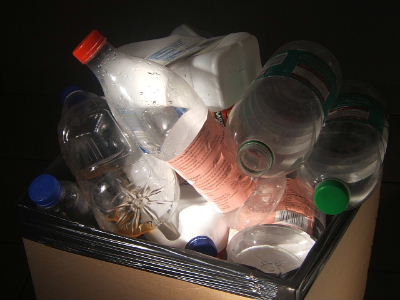Green Living

Green Living
and frugal living have a lot in common.
In fact, frugal living is based on the re-use, recycle and reduce principals.
Look after what you have and make what you have, last as long as possible....
This is how I define green living but it almost sounds like a definition of frugal living...doesn't it?
The Basics of Green Living
Did you know that glass never decompose, a disposable nappy takes 500 years to decompose and aluminium 300 years?
That's just crazy!
Let's all make a difference. Here are the basics, to help you on your way to greener living:
- RECYCLE WHAT YOU CAN
Rycycling forms a large part of green living. Buy recycled items whenever you can and recycle your glass, plastic, tins and paper waste products. Wash each item first before placing your recycling products in separate bin bags. When you have collected enough, drop them off at your nearest recycling centre.
- RE-USE WHAT YOU CAN
- Don't buy paper plates or paper serviettes, instead use washable plates and material napkins.
- Use glass jars for storing items or use them for making a
frugal gift
for someone special. Your margarine and yoghurt containers can be used to store the kids’ art supplies and you can even use your empty egg cartons for mixing the kids' powder paints.
- Refill printer ink cartridges.
- Give your unwanted clothes, appliances, books and toys to charity shops.
- REDUCE UNNECCESSARY WASTE
- Choose food with less packaging or buy loose vegetables and fruit at a fruit vendor. Better yet grow your own!
- Buy only what you need.
- Help Save the Forest - join a library or book club, instead of buying books OR make your own paper.
- When using a washing machine, use the coldwater cycle to save energy and only wash when you have a full load.
- Use an environmentally friendly detergent or better yet
Make your Own!
- MAKE YOUR OWN COMPOST
Composting is easier than you may think. My sister-in-law, Tracy first tickled my interest in this. Her husband, Niel loves gardening and is fond of "all things green"...
...he's not just happy having green plants, he has to be "green" too....ha ha!
- If you don't have a large garden, use a large plastic composting bin and layer it with green garden waste, kitchen waste and lastly soil.
- Keep the compost cool and moist to help the bacteria break down the kitchen and garden waste. These organisms need air, so you will need to turn your compost pile regularly while breaking it apart with a garden fork.
- And lastly water your pile weekly during dry season - just enough to keep it moist though. You may need to cover your compost heap to keep the rain off during rainy seasons.
What goes into your heap?
Grass and kitchen waste like fruit and vegetable peels, tea bags, egg shells etc. Try to mix these with drier or bulkier materials like leaves, straw or wood chips. This will allow for air penetration.
Do not add cooked food, meat, bones, milk products, fatty foods, dog and cat faeces or chemically treated wood to your compost pile.
There you have it, Frugal living is not only about helping your monthly budget, but is also a way of helping the earth. By learning to live a simple green lifestyle you will be saving money and doing your part towards helping the environment cope with increased population numbers, unethical farming practices and excess human waste.
So join me in doing your part for the environment and ultimately for yourself.
Return from the green living page to the Frugal Living Home Page
|






